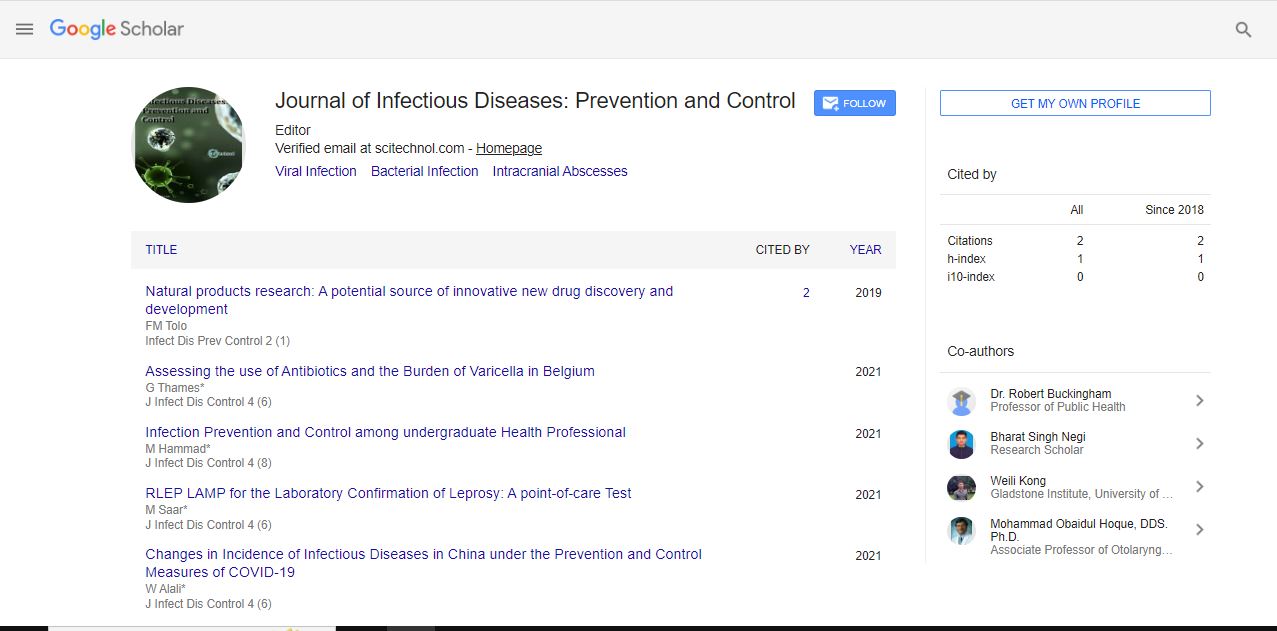Perspective, Vol: 6 Issue: 1
Artificial Intelligence and Digital Pathology in Diagnostic Hematopathology
Eduardo R. Zimmer*
Department of Pharmacology, Universidade Federal do Rio Grande do Sul, Porto Alegre, RS, Brazil
*Corresponding Author: Eduardo R. Zimmer
Department of Pharmacology,
Universidade Federal do Rio Grande do Sul, Porto Alegre, RS, Brazil;
E-mail: eduardor@ufrgs.br
Received date: 21 February, 2023, Manuscript No. IDPC-23-93450;
Editor assigned date: 23 February, 2023, Pre QC No. IDPC-23-93450(PQ);
Reviewed date: 07 March, 2023, QC No. IDPC-23-93450;
Revised date: 14 March, 2023, Manuscript No. IDPC-23-93450(R);
Published date: 24 March, 2023, DOI: 10.36648/idpc.5.2.121
Citation: Zimmer ER (2023) Artificial Intelligence and Digital Pathology in Diagnostic Hematopathology. Infect Dis Prev Control 6:1.
Description
Artificial Intelligence (AI) refers to the simulation of human intelligence in machines that are programmed to perform tasks that would normally require human intelligence, such as visual perception, speech recognition, decision-making, and language translation. AI systems use algorithms and statistical models to learn from data and improve their performance over time. There are several types of AI, including rule-based systems, decision trees, neural networks, and deep learning. Rule-based systems use a set of predefined rules to make decisions, while decision trees use a series of if-then statements to classify data. Neural networks are modeled after the structure of the human brain, and deep learning involves using multiple layers of neural networks to analyze and process large amounts of data.
AI is used in a wide range of applications, including natural language processing, image recognition, robotics, healthcare, finance, and transportation. AI is also a key component of many emerging technologies, such as autonomous vehicles, chatbots, and smart homes. While AI has the potential to revolutionize many aspects of society, there are also concerns about its impact on employment, privacy, and security. As AI continues to evolve and become more sophisticated, it will be important to consider the ethical and social implications of this technology. Digital pathology is a subfield of pathology that involves the use of digital technology to analyze and interpret pathology images. It involves the production, management, and interpretation of digital images of tissues and cells for the diagnosis, research, and education of diseases. Digital pathology allows pathologists to view, annotate, and share highquality images of tissue samples with other pathologists and healthcare professionals, regardless of their geographic location. This technology allows for improved accuracy, efficiency, and productivity in the diagnosis and treatment of diseases.
Digital pathology is a rapidly evolving field that involves the acquisition, management, and interpretation of pathology images in a digital format. In hematopathology, digital pathology is particularly useful for the diagnosis and management of hematological malignancies, such as lymphoma and leukemia.
Digital pathology in diagnostic hematopathology allows pathologists to remotely review and analyze digital images of tissue samples, blood smears, and bone marrow aspirates.
Several advantages over traditional microscopy-based analysis
Improved accuracy and reproducibility: Digital images are less prone to observer variability, which can lead to inconsistent or inaccurate diagnoses.
Enhanced collaboration: Digital pathology allows pathologists to easily share and collaborate on cases, even when they are located in different parts of the world.
Increased efficiency: Digital pathology can reduce the time and resources required for sample processing, slide preparation, and transportation.
Archival capabilities: Digital images can be stored and retrieved easily, allowing for longitudinal tracking of disease progression and treatment response.
In addition, digital pathology can facilitate the use of machine learning and artificial intelligence algorithms for automated image analysis and diagnosis, which has the potential to improve diagnostic accuracy and efficiency even further.
Overall, digital pathology is a powerful tool for the diagnosis and management of hematological malignancies, and it is likely to become increasingly important in the future of diagnostic hematopathology.
 Spanish
Spanish  Chinese
Chinese  Russian
Russian  German
German  French
French  Japanese
Japanese  Portuguese
Portuguese  Hindi
Hindi 